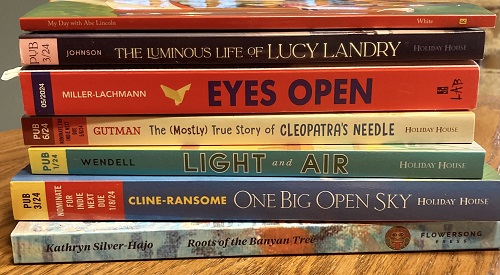The Miracles of Prato
Set in 15th-century Italy, The Miracles of Prato relates the fictionalized story of the scandalous romance between real-life Renaissance painter and Carmelite monk Fra Filippo Lippi and Lucrezia Buti, the young woman who fled the Convent of Santa Margherita in Prato to be with him. As the narrative opens in Prato, Lippi, smitten by Lucrezia’s beauty, arranges for the girl to sit for him so he might paint her face as that of the Madonna he is creating as part of an important altarpiece. Of course they fall in love. Then Lucrezia is raped by Santa Margherita’s prior general, she and Lippi elope, Lucrezia bears him a son (Filippino Lippi, who apprenticed with Sandro Botticelli and became a great Renaissance painter in his own right), and a sacred relic goes missing.
Quattrocentro Italy abounds with tantalizing gossip regarding its rich and famous, be they private citizens or renowned artisans. In his Lives of the Artists, Giorgio Vasari writes that Fra Filippo Lippi, a great “sensualist,” would stop at nothing to gratify his immediate longings. Knowing this, a patron once locked Lippi in a room to ensure that the artist would complete a painting for him. In answer, Lippi tied some bed sheets together and escaped by the window to follow his lustful inclinations. Although the novel is well written, particularly when the authors describe the artist at work with his brush, with such a hot-blooded protagonist to draw from and an almost empty slate to work with, Miracles seemed to me curiously tepid and lackluster rather than a compelling story made of blood and bone.










